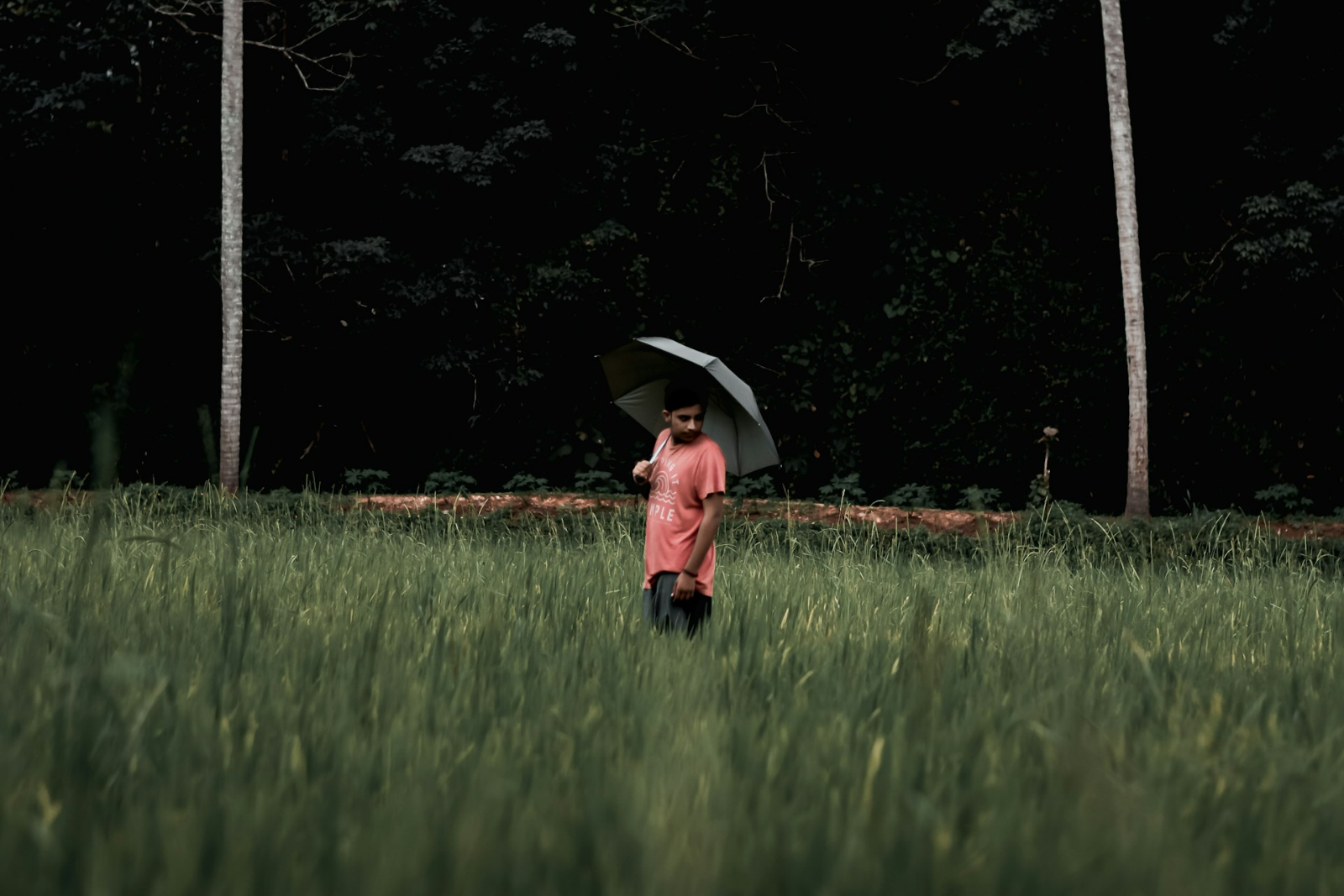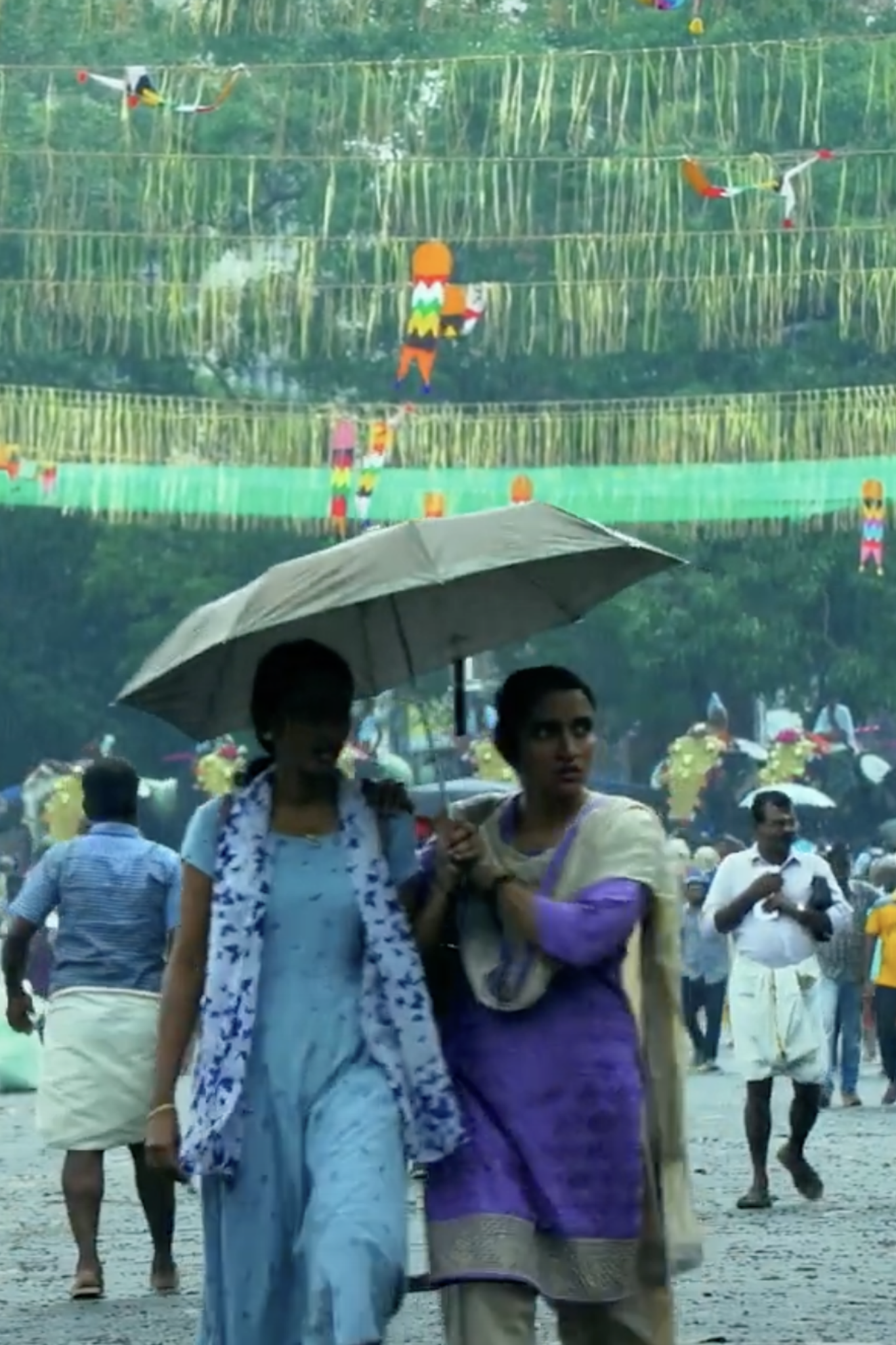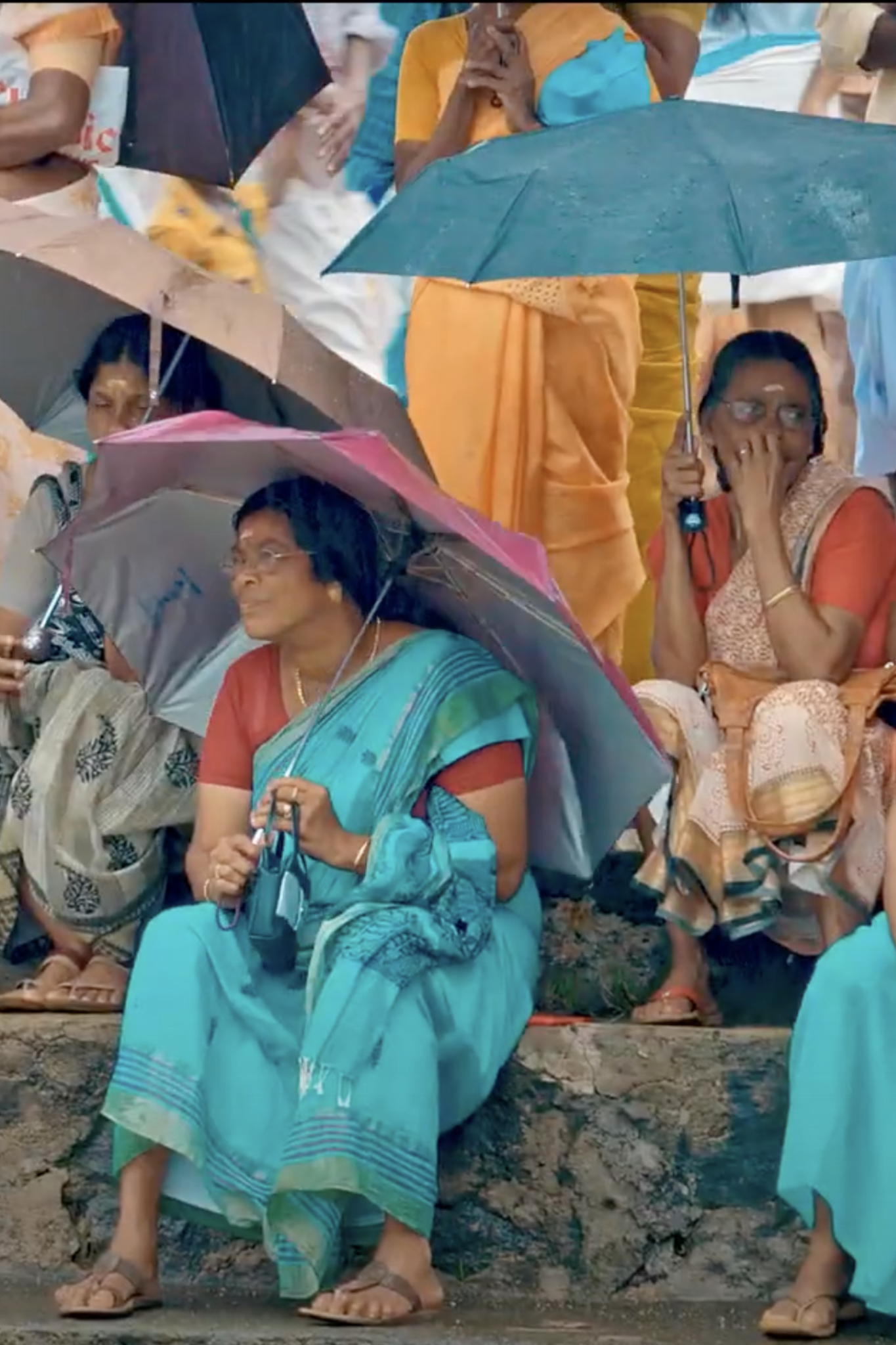A tribute to Alexander Frater
Words & Photography: Mohit Sharma // Additional Photography: Amanda. F
The monsoon in India is more than just a season; it’s a cultural symphony. Its arrival is celebrated in songs, immortalised in films, and inspires festivals, music, and art that capture the beauty and intensity of the rains. From Bollywood classics to traditional paintings, the monsoon symbolises renewal, romance, and the rhythmic pulse of life that defines the Indian soul.
As I set off on this journey across Kerala, I felt the spirit of adventure that had been inspired by Alexander Frater’s Chasing the Monsoon. The prospect of chasing the rains in this land rich in history and culture fascinated me. I began in Cochin, where the ancient port city still whispered tales of the Silk Route, where merchants from far-flung lands once exchanged spices and stories.
Walking through the narrow lanes of Fort Kochi, I stopped at a small eatery recommended by a local. The aroma of freshly cooked fish curry filled the air as I engaged in a lively conversation with the owner, an elderly man who had seen the city change over decades but held onto the stories of old traders who once docked at its shores.
I met a Dutch couple at the table next to mine, visiting Kerala for the first time. They were captivated by the charm of Cochin, intrigued by how the monsoons transformed the city into a lush, green paradise. We shared stories of our travels over fish curry and appams, laughing at the
unpredictability of the rain that had a way of drenching us right when we thought we were safe. They were on a quest similar to mine—following the rain as it traced its ancient path across the landscape.
The road to Munnar was winding and misty, the rain a constant companion. The tea plantations rolled out like green carpets, drenched in the monsoon’s embrace. I spent a day with a tea picker, a woman named Lakshmi, who shared her life story while we stood among the tea bushes, the mist swirling around us. She spoke of how the monsoon was both a blessing and a challenge, nourishing the land but also making the work tougher.
Her laughter echoed through the hills as she recounted tales of picking tea in the downpour, a necessary ritual that bonded the workers to the land.
Periyar brought a different kind of beauty—one that was wild and untamed. The rain here seemed more primal, drumming against the dense canopy of the forest. I joined a group of locals for a trek, and as we walked, they pointed out the various plants and animals that thrived in this season. One of them, a guide named Arun, shared stories of the elephants that roamed the area, their movements more secretive during the rains. We sat by the lake in silence, the rain a soft background to our thoughts, the water rippling in response to the downpour.
The backwaters of Alleppey were where the pace of life slowed to a tranquil drift. The houseboat rocked gently as we floated through narrow canals, the rain creating a symphony on the water’s surface. I spent an evening in a small bar on the water’s edge, sharing drinks with locals who spoke of life on the backwaters. They talked about how the monsoon was both a blessing and a curse—bringing life to their crops but sometimes too much, threatening to flood their homes.
Finally, Kovalam, where I gave in to the healing powers of Ayurveda. The rain here was softer, more of a whisper than a roar. The treatments were soothing, drawing out the tension of the journey. One evening, I conversed with a local Ayurvedic doctor, who spoke of how the monsoon was the best time for treatments, as the body is more receptive to healing.
Throughout this journey, the rain was more than just a backdrop; it was a character in its own right. It connected me with the land and its people, their stories as fluid and powerful as the monsoon itself.
Every drop of rain in Kerala whispered secrets of the land, and in the echoes of those whispers, I found stories that transcended time and place.
This is an excerpt from the personal journal of Smith & Party’s 2022 Kerala journey, graciously shared for our Immersive Experiences Series.
Words & Photography: Mohit Sharma
Additional Photography: Amanda. F
Copyright belongs to the authors. All rights reserved.





